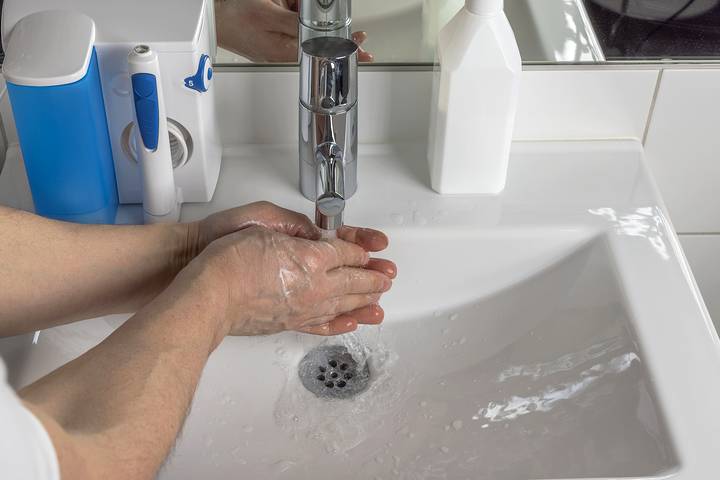Bathroom sink not working
A bathroom sink that is not working can be a frustrating and inconvenient problem to deal with. Whether it's a clogged drain, a leaky faucet, or an issue with the water flow, a malfunctioning bathroom sink can disrupt your daily routine. But before you call a plumber or replace your entire sink, it's important to troubleshoot the issue and see if you can fix it yourself. In this article, we'll discuss the top 10 reasons why your bathroom sink may not be working and provide tips on how to fix them.
How to fix a bathroom sink that won't drain
One of the most common issues with bathroom sinks is a clogged drain. This can be caused by a buildup of hair, soap scum, or other debris. To fix a clogged drain, start by removing any visible debris from the surface of the drain. Next, try using a plunger to dislodge the clog. If that doesn't work, you can try using a drain snake to clear the blockage. If all else fails, you may need to call a professional plumber.
Troubleshooting common bathroom sink problems
In addition to a clogged drain, there are other common problems that can cause a bathroom sink to stop working. These include a leaky faucet, low water pressure, and a sink that won't turn off. If you notice any of these issues, it's important to address them as soon as possible to prevent further damage. For a leaky faucet, you may need to replace the O-ring or rubber washer. If your water pressure is low, you may need to clean or replace the aerator. And for a sink that won't turn off, you may need to replace the valve or handle.
What to do when your bathroom sink won't turn off
If your bathroom sink won't turn off, it's important to address the issue right away. This can not only waste water, but it can also lead to further damage to your sink and plumbing. The first step is to locate the shut-off valves for your sink. These are usually located under the sink or in a nearby cabinet. Turn the valves clockwise to shut off the water supply to the sink. Next, you'll need to determine which component is causing the issue, whether it's the handle, valve, or cartridge. Depending on the problem, you may be able to fix it yourself or you may need to call a professional plumber.
How to unclog a bathroom sink
As mentioned earlier, a clogged drain is a common reason why a bathroom sink may not be working. If you've tried using a plunger and a drain snake but still can't unclog the sink, there are a few other methods you can try. One is to use a mixture of baking soda and vinegar to create a natural, chemical-free drain cleaner. You can also try using a plumbing auger, which is a longer and more flexible version of a drain snake. If none of these methods work, it may be time to call a plumber.
Common causes of a bathroom sink not working
In addition to clogged drains, there are other common causes of a bathroom sink not working. These include a malfunctioning pop-up drain stopper, a broken sink handle, or a cracked sink basin. These issues can usually be fixed by replacing the faulty component. However, if the sink basin is cracked, you may need to replace the entire sink.
How to replace a bathroom sink faucet
If you have a leaky or malfunctioning bathroom sink faucet, you may need to replace it. This may seem like a daunting task, but with the right tools and instructions, it can be a DIY project. The first step is to turn off the water supply to the sink. Next, you'll need to remove the old faucet by disconnecting the supply lines and unscrewing the mounting nuts. Then, you can install the new faucet by following the instructions from the manufacturer. If you're unsure about how to replace a bathroom sink faucet, it's best to call a professional plumber.
Tips for maintaining a working bathroom sink
To prevent future issues with your bathroom sink, it's important to properly maintain it. This includes regularly cleaning the sink and drain to prevent buildup, checking for leaks or cracks, and fixing any issues as soon as they arise. It's also a good idea to have your plumbing inspected by a professional plumber every year to catch any potential problems before they become major issues.
How to fix a leaky bathroom sink
A leaky bathroom sink can not only waste water, but it can also lead to mold and mildew growth and damage to your sink and surrounding areas. To fix a leaky sink, you'll need to first determine the source of the leak. It could be a worn O-ring or washer, a loose connection, or a cracked pipe. Once you've identified the problem, you can replace the faulty component or tighten any loose connections. If you're unsure about how to fix a leaky bathroom sink, it's best to consult a professional plumber.
Common issues with bathroom sink drains
In addition to clogs, there are other common issues that can occur with bathroom sink drains. These include slow draining, foul odors, and gurgling noises. These problems can be caused by a variety of factors, such as a buildup of debris, a partially clogged vent pipe, or a malfunctioning trap. To address these issues, you may need to clean or replace the drain, vent, or trap. If you're unsure about how to do this, it's best to call a plumber for assistance.
In conclusion, a bathroom sink that is not working properly can be a nuisance, but it's usually a problem that can be fixed. By troubleshooting common issues and properly maintaining your sink, you can keep it in good working condition and avoid costly repairs. However, if you're unsure about how to fix a problem or the issue seems too complex, it's always best to call a professional plumber to ensure the job is done correctly.
The Importance of a Functional Bathroom Sink in House Design

Don't Let a Broken Sink Sink Your Bathroom Design
 When it comes to designing a functional and aesthetically pleasing bathroom, the sink is often an overlooked element. However, the sink is an essential part of any bathroom and plays a crucial role in both the design and functionality of the space. Unfortunately, when the bathroom sink is not working properly, it can disrupt the entire flow and functionality of the room.
Whether it's a clogged drain, leaky faucet, or broken pipes, a malfunctioning sink can be a major inconvenience for any household.
Not only does it make daily tasks such as brushing teeth and washing hands a hassle, but it also affects the overall hygiene of the bathroom.
Moreover, a broken sink can also lead to potential water damage and mold growth, which can be costly to repair and harmful to your health.
When it comes to designing a functional and aesthetically pleasing bathroom, the sink is often an overlooked element. However, the sink is an essential part of any bathroom and plays a crucial role in both the design and functionality of the space. Unfortunately, when the bathroom sink is not working properly, it can disrupt the entire flow and functionality of the room.
Whether it's a clogged drain, leaky faucet, or broken pipes, a malfunctioning sink can be a major inconvenience for any household.
Not only does it make daily tasks such as brushing teeth and washing hands a hassle, but it also affects the overall hygiene of the bathroom.
Moreover, a broken sink can also lead to potential water damage and mold growth, which can be costly to repair and harmful to your health.
Designing a Functional and Stylish Sink
 Incorporating a well-designed sink into your bathroom can elevate the overall look and feel of the space.
There are various types of sinks available in the market, from classic pedestal sinks to modern vessel sinks, each offering its own unique style and functionality.
When choosing a sink, consider the size and layout of your bathroom, as well as your personal style and needs.
In addition to the sink itself, the faucets and accessories also play a significant role in the overall design and functionality of the sink.
Opt for high-quality, durable faucets that not only complement the sink but also offer water-saving features and easy maintenance.
Adding storage options such as cabinets or shelves around the sink can also help keep the area organized and clutter-free.
Incorporating a well-designed sink into your bathroom can elevate the overall look and feel of the space.
There are various types of sinks available in the market, from classic pedestal sinks to modern vessel sinks, each offering its own unique style and functionality.
When choosing a sink, consider the size and layout of your bathroom, as well as your personal style and needs.
In addition to the sink itself, the faucets and accessories also play a significant role in the overall design and functionality of the sink.
Opt for high-quality, durable faucets that not only complement the sink but also offer water-saving features and easy maintenance.
Adding storage options such as cabinets or shelves around the sink can also help keep the area organized and clutter-free.


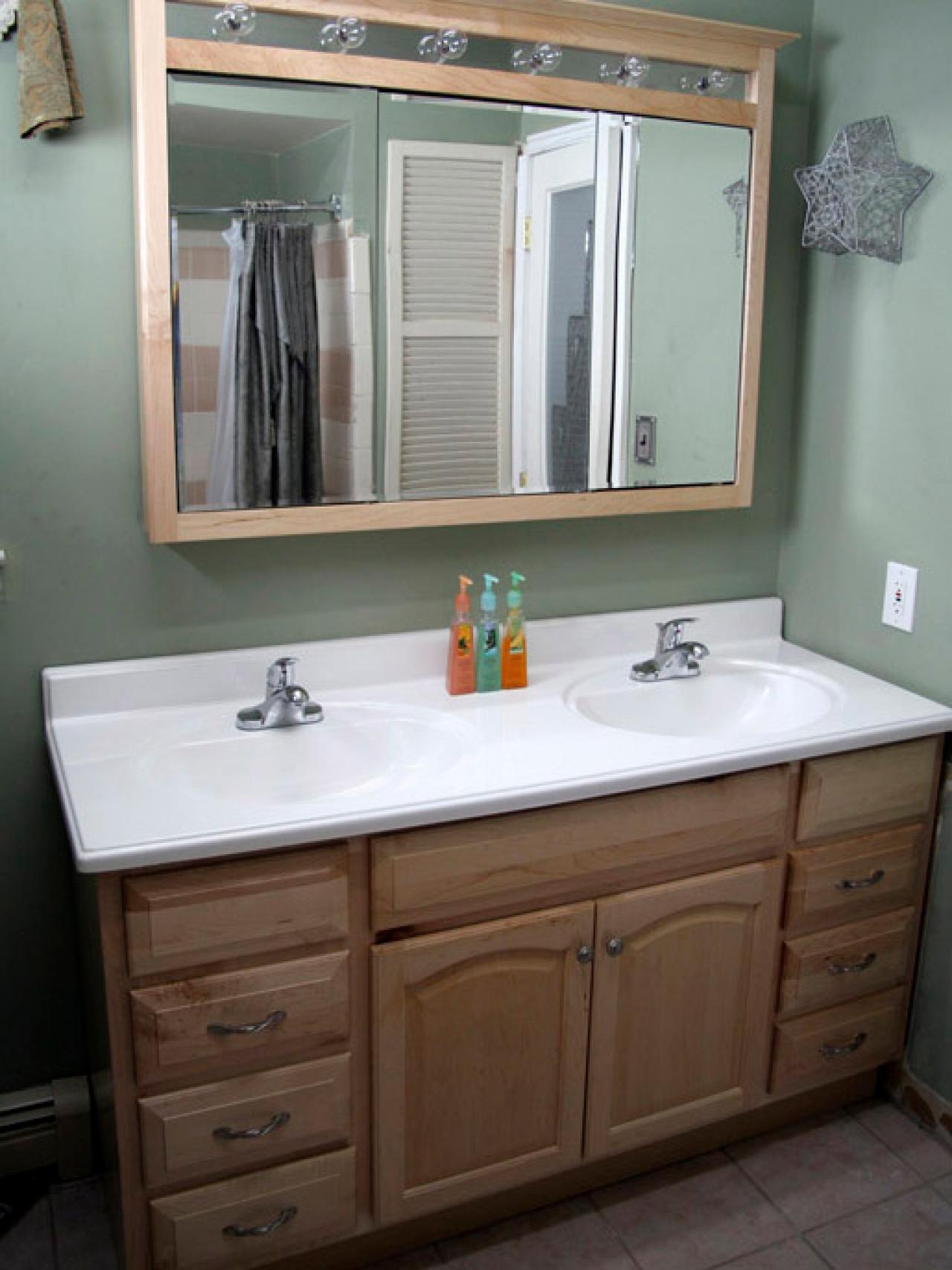




















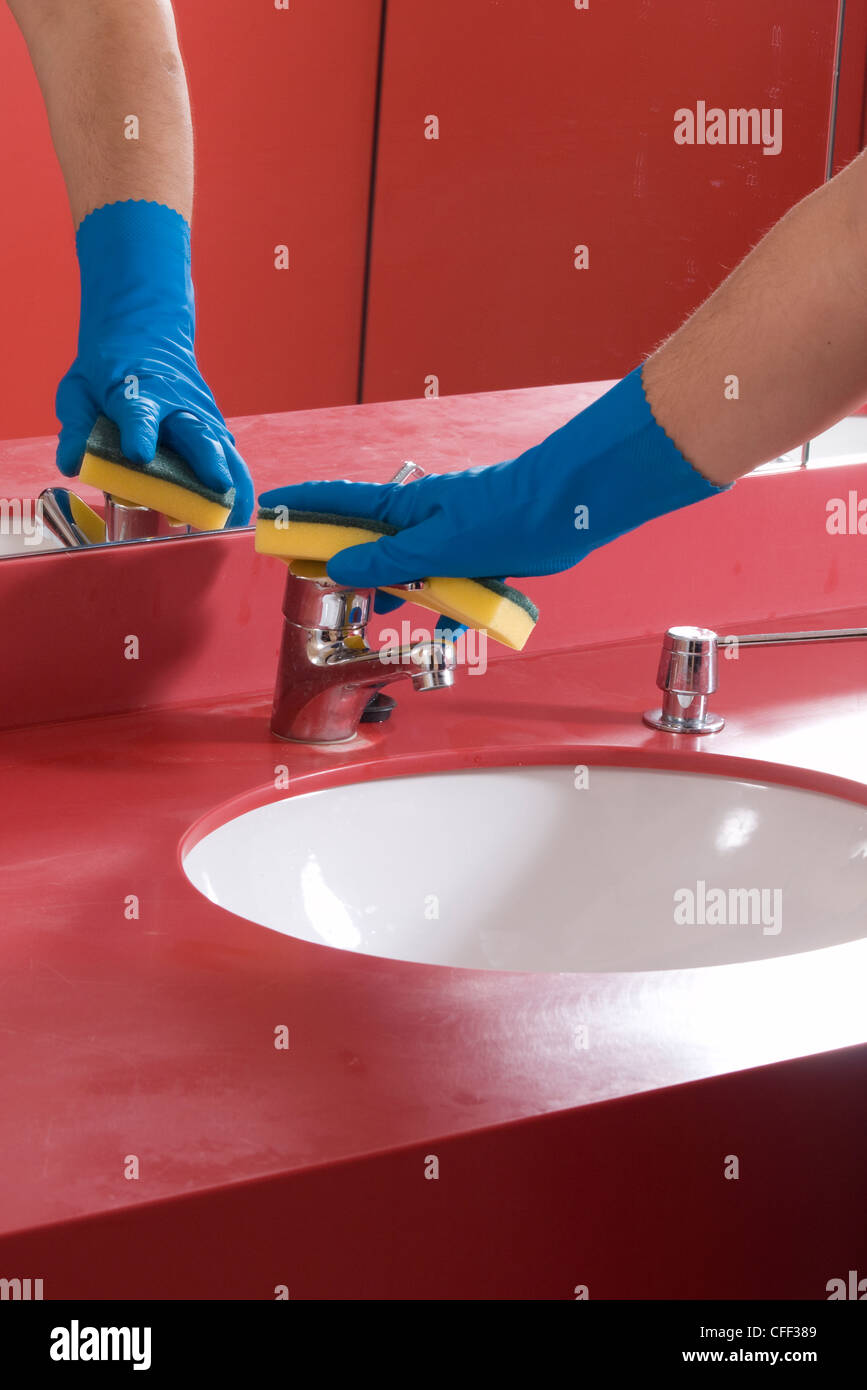






:max_bytes(150000):strip_icc()/what-is-under-the-bathroom-sink-3973574-03-c2c800c743054899aca9bdcc0535db34.jpg)








































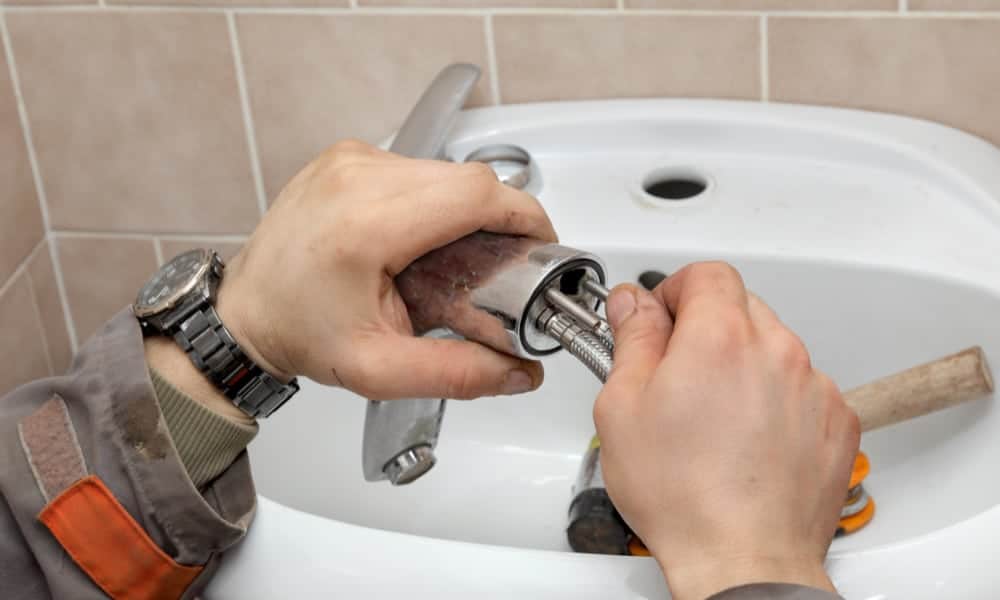
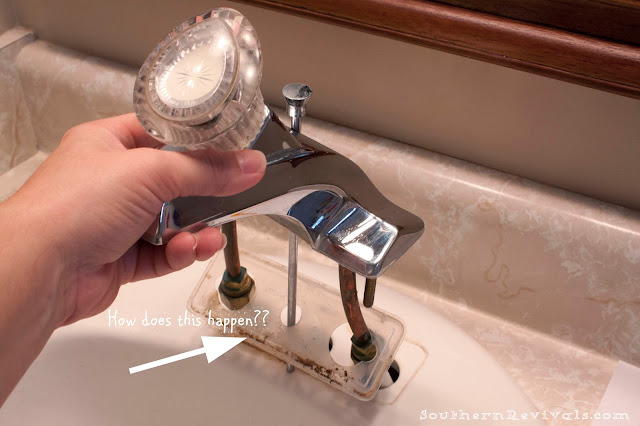


























:max_bytes(150000):strip_icc()/bathroom-sink-drain-installation-2718843-02-61e5ecbee1e949be8d8f45ac4f5a6797.jpg)

